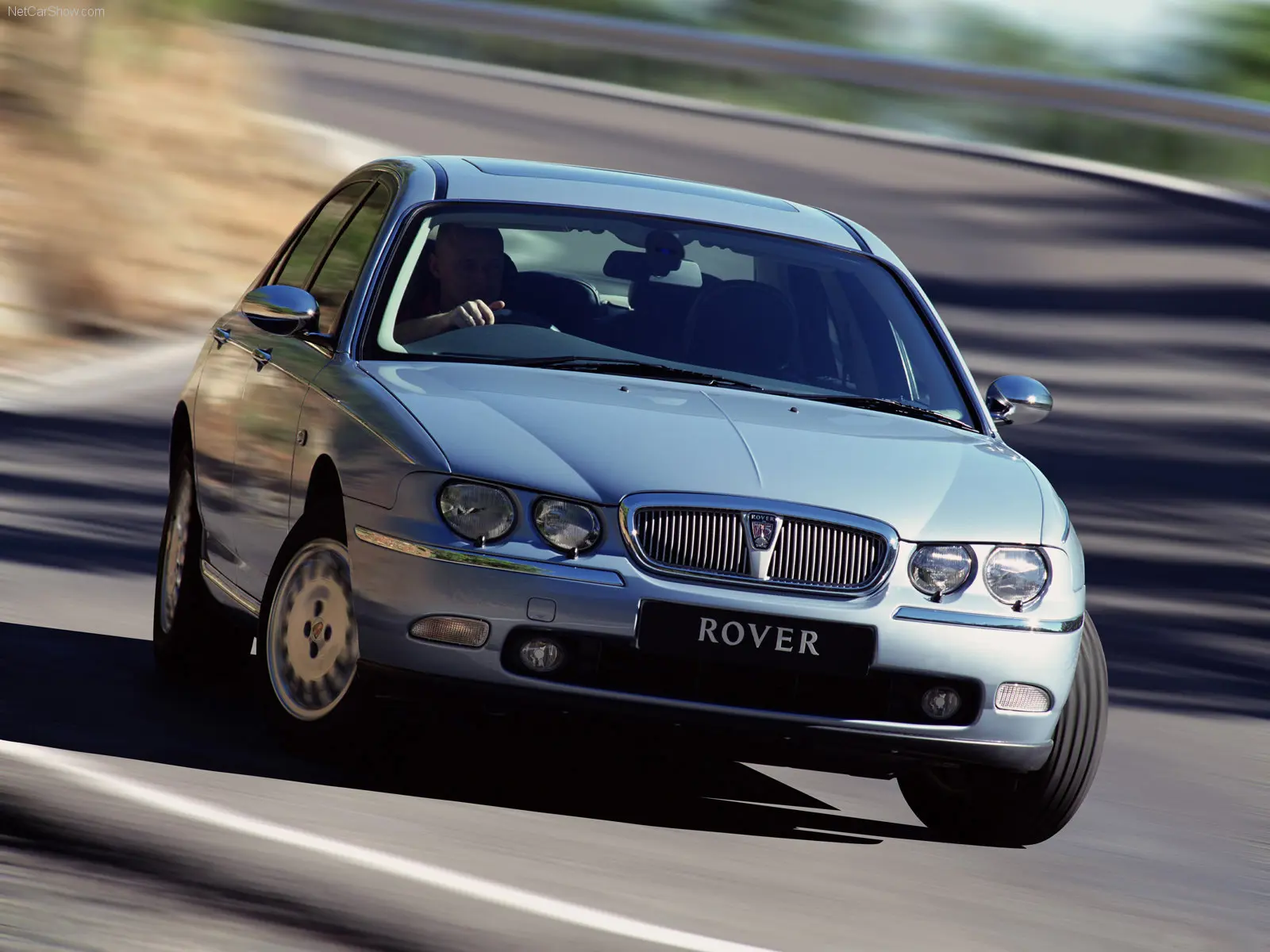THE ROVER 75 REVISITED
15 December 2021
The 75 seems to be starting to disappear from our roads; to see one parked outside of the local post office is to perform a slight double-take. It is also too easy to forget that they made their bow twenty-three years ago. The debut of the Rover is distant to us as a second-generation Morris Marina would have been to the visitors at the 1998 Motor Show.
Furthermore, the 75 was an ambitious model that would build on the 600’s reputation. It also had to appeal to 800 owners, plus anyone in the market for the S Type; Rover brought its launch forward to steal the new Jaguar’s thunder. BMW backed ‘Project R40’ with its vast financial resources while ensuring it was larger than a 3-Series and smaller than a 5-Series.

Since German concern acquired the Rover Group in 1994 from British Aerospace, they started transforming the concern from a volume producer to catering for a niche market. They envisaged the 75 as a FWD saloon of quality, but in a fascinating essay for AROnline, Ian Nichols argued that by 1998:
The increasing strength of sterling began to affect Rover. Exports were now more expensive and imports, which included many Ford and GM cars, were now cheaper. BMW executives began to speak publicly about the problems affecting the Rover when announcing cuts in production.
Meanwhile, the challenges of the 75 were exacerbated by a mixed response from the press. An almost unrecognisable James May did not entirely approve of some of the “retro” design tropes:
Yet, the Rover did appeal to those motorists who regarded it not as a pastiche of 1950s design tropes but a very agreeable saloon. According to The Guardian “though you may not be the quickest of commuters, you’ll definitely be the one with the most swagger”.
Possibly the most entertaining response to the 75 was from a Mr. J Clarkson, who mused in Top Gear magazine:
Because we didn’t like it the Midlands will have to be closed down. Three hundred million people will be thrown out of work and as the money runs out, local businesses will close too. Children will be forced to spend their formative years up inside chimneys and their parents will wander aimlessly over rubbish tips searching for bread and guano.
In fact, as Clarkson went on to argue, “We looked at the overall package and decided that while it offered submarine quietness and ocean-going luxury on the motorway, it fared less well as a driver’s tool”. He also pointed out they thought the 75 represented good value for money. In late 1999, Quentin Wilson believed it was “that rare thing; a Rover that makes you feel special”
In April of 2005, MG Rover entered receivership, and the last of 211,175 75s departed Longbridge. From a vantage point of over sixteen years, it can be fairly regarded as a car of considerable potential – despite it having to cope with corporate politics. And so here is an incredibly young-looking Richard Hammond in 2000, extolling its many virtues; ones that make the Rover such a desirable classic today:
